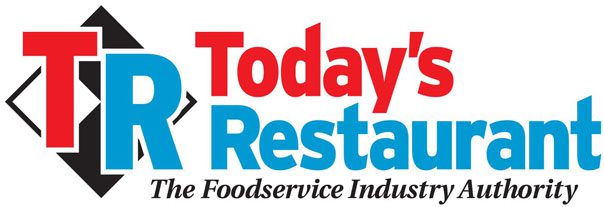
4 Easy Ways Reporting Keeps You Ahead of Problems
By Greg Staley
CEO of SynergySuite
Running a restaurant on spreadsheets and gut feelings is becoming increasingly difficult. While some operators get their start this way, growing brands need to look at how they are using technology and whether it serves them. It’s one thing to have a customer experience platform or inventory management solution, it’s another thing entirely to be able to take the information from those platforms to the next level and evolve your brand.
Any specific restaurant technology on its own provides some value, but everything becomes exponentially more helpful when you can pull clear, actionable data from your tech stack. This is where many operators struggle. Individual systems are added to meet individual needs, but the insights will continue to be limited without more holistic reporting.
With strong, system-wide reporting, you can not only collect the data, but easily access and analyze the information that matters to your business. This gives you the ability to spot theft, mistakes, or inefficiencies more easily, as well as recognize units that are performing well and share best practices across the brand.
How? Let’s take a look at a few ways reporting is keeping you ahead of the game.
- Reducing employee theft.
An estimated 75% of restaurant employees have stolen from their employer at least once. You may not even realize it without systems like cash management or strong inventory tools in place. For example, after implementing inventory software, one brand I talked to discovered employees in one of their locations were not only stealing unprepped food but were also preparing multiple to-go meals at the end of the shift and claiming they weren’t picked up.
This amounted to hundreds of dollars a week that would not have been caught without reporting tools pulling data from the point of sale and inventory systems and finding trends in the information. With food prices so variable right now, it’s easy for your profits for the month to disappear out the back door without better visibility into your business.
- Cutting back on overportioning and overprepping.
While there’s nothing nefarious about overportioning or overprepping, the impact on your bottom line is the same as theft. Inventory going to waste at the end of the night or in a too large serving will cut into profitability as well. The same visibility that will help you spot theft can help spot overportioning and overprepping as well.
This makes it possible for you to retrain employees or check prep lists to ensure they’re showing the correct amounts. You may also be able to identify if this was simply an issue with one manager training employees incorrectly or if this is a brand-wide issue and your training may need a refresh.
- Identify and correct inefficiencies.
You are juggling dozens of things every day keeping operations running, managing labor, forecasting inventory needs, keeping costs down, and more. Sometimes it can feel like the administrative side of the job consumes all your time and you forget why you wanted to get into restaurants in the first place.
Fortunately, solid reporting can save hours of time on each task and let you identify issues before they balloon into problems. Historically, restaurants have used checklists and spreadsheets to collect information, which is then rolled up through each level until it’s seen at corporate. But this can mean problems aren’t spotted for weeks or even months after the fact.
Solid reporting surfaces issues before they become problems, and it helps you identify things that are going well. If one unit or franchisee has found a way to improve the business, you can spot their success and use it to improve the overall brand.
- Find more balance in your staffing.
With labor being such a big issue right now, labor and scheduling tools are a key part of managing labor. With recommended schedules based on sales forecasts, you avoid over or underscheduling, both of which can lead to burnout. You don’t want employees to feel they are being overworked and working more hours than they can, but neither should they feel like they are doing too much because every shift is short staffed.
You can utilize reporting to check on a few things when it comes to scheduling. First, live daily numbers help you keep an eye on profitability, as well as monitor any trends and determine if your staffing levels are still appropriate for sales volume. Second, you can ensure managers are following local labor laws, such as required breaks or time between shifts.
The variety of available restaurant technology solutions can seem a little overwhelming, but a good reporting system can help you make sense of all of them. Getting accurate, timely information about your business in a format that’s easy to understand is a critical asset for growing restaurant brands.
Greg Staley is the CEO of SynergySuite, a back-of-house restaurant management platform. Greg focuses on facilitating better visibility and increased profitability for restaurant chains through the use of intelligent, integrated back-of-house technology. For more information, please contact Greg at greg@synergysuite.com.
To read more great articles go to www.trnusa.com





Recent Comments